A few months back we asked the question, Dog or No Dog? The overwhelming response was to bring the dog for a variety of reasons, excellent early warning system, close quarters fighting advantage, threat deterrent, companionship, and your emergency “last resort” supply of food.
SKIP AHEAD
Should You Bring Your Dog in Survival Situations?
Bringing Your Dog Pros and Cons
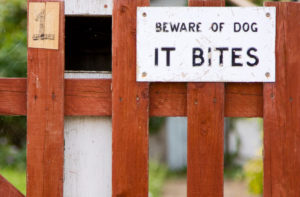
Pros
- Excellent Early Warning Security
- Close Quarters Fighting Advantage
- Threat Deterrent
- Animal Tracking
- Companionship
Cons
- Noise can be a security risk
- Extra Food
- Extra Water
- Some Terrain is Difficult
Not Bringing Your Dog Pros and Cons
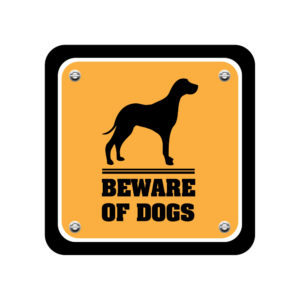
Pros
- Move Faster in some Situations
- No unnecessary noises
- No extra food or water required
Cons
- Loneliness
- No warning for unheard/unseen risks
The decision to bring a dog is solely yours. But if you decide to bring one along, the next question is what type of dog makes the best survival dog? The dogs in the following section are listed in random order.
The Best Survival Dog
Labrador Retriever
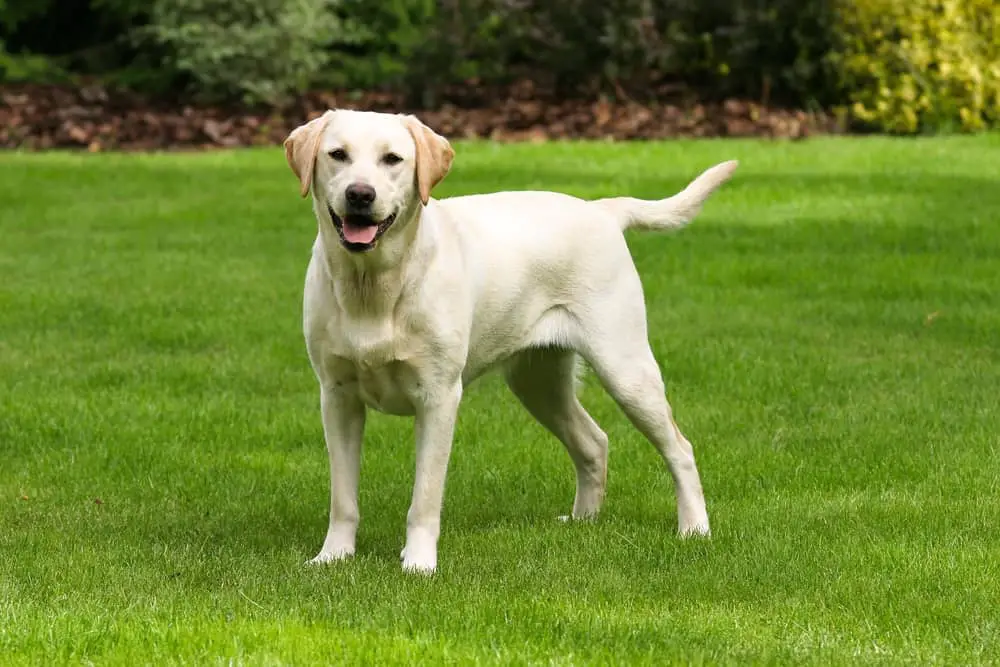
(Also know as a “Lab”) a type of gun/hunting dog. A breed characteristic is webbed paws which makes the Lab an excellent swimmer, useful for the breed’s original purpose which was the retrieval of fishing nets.
This and their subsequent use as legendary hunting companions, gave the Lab the name retriever. The dogs of this breed are very loving, kind and compassionate to their master. The Labrador Retriever is the most popular breed of dog (by registered ownership) in the world.
Pros
- Excellent hunting dogs
- All weather coat
- Excellent endurance
- Strong swimmers
- Highly trainable
- Intelligent
- Excellent hearing and sense of smell for early warning
- Strong work ethic (can carry their own bug out bag)
- Devoted to family
Cons
- Can overheat in extreme heat
- Can be loud and clumsy at times
- Questionable protection capability due to their lovable nature
- High prey drive means they can sometimes run off
- Medium fear factor.
Rottweiler

(Also known as a Rott or Rottie) The Rottweiler is a large size breed of domestic dog that originated in Rottweil, Germany. The dogs were known as “Rottweil butchers’ dogs” (For you Germans that would be: Rottweiler Metzgerhund) because they were used to herd domesticated livestock and pull carts full of butchered meat and other products to the local market.
Some records indicate that earlier Rottweilers may have also been used for hunting, although the modern Rottweiler has a very poor hunting instinct. It is a hardy and very intelligent breed.
The breed is ancient, one whose history stretches back to the Roman Empire. In those times, the Roman legion traveled with their meat on the hoof and required the assistance of working dogs like the Rottweiler to herd the cattle to keep the logistical train on pace with the legion.
Pros
- For personal protection they are second to none
- All weather coat
- Highly trainable
- Intelligent
- Strong neck
- Good hearing and sense of smell for early warning
- Strong work ethic (can carry their own bug out bag)
- d
- Devoted to family
- High fear factor.
Cons
- Can overheat in extreme heat
- Questionable endurance
- Poor hunters compared to other dogs
- Due to their defensive nature they can be a liability
Rhodesian Ridgeback:

The Ridgeback is a unique dog breed developed in Southern Africa where it was used to hunt lions and served as an overall homestead dog.
Due to the Ridgeback’s history of hunting lions, this dog is known for its bravery. Its European forebears can be traced to the early pioneers of South Africa, who crossed their dogs with the semi-domesticated, ridged hunting dogs of the Khoikhoi.
Note: Excessively harsh training methods, that might be tolerated by a sporting or working dog, will likely backfire on a Ridgeback, this is not a dog you can hit or beat.
Pros
- This dog is built for endurance and speed
- Excellent hunters on their own (no gun required)
- Intelligent,
- Excellent hearing and sense of smell for early warning
- Trainable
- High fear factor
- Ability to go long periods without water
- Adaptable coat for most weather conditions (especially heat)
- Devoted to family
- Can transverse almost any terrain due to athletic build.
Cons
Due to high prey drive this dog can run off, a questionable coat for extreme cold weather, medium to low protection ability, this dog can be stubborn.
German Shepherd Dog
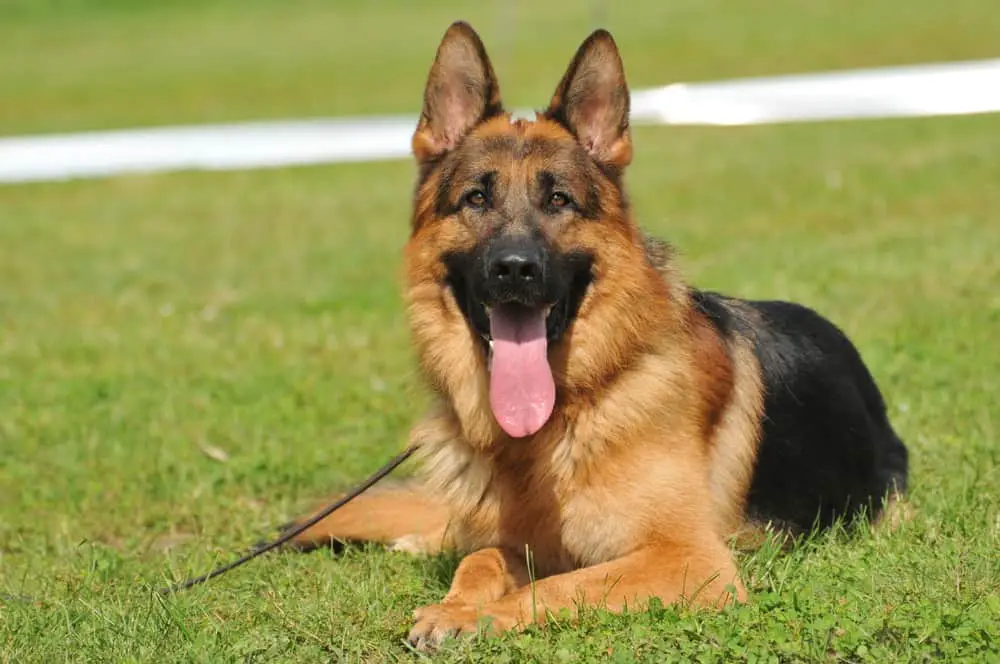
The German Shepard is a breed of large-sized dog that originated in Germany. As part of the Herding group, the German Shepherd is a working dog developed originally for herding sheep in the hinterland.
Because of its strength, intelligence and abilities in obedience training it is often employed in police & military roles around the world. Due to its loyal and protective nature, the German Shepherd is one of the most registered of breeds.
Pros
- Good endurance
- High fear factor
- superior personal protection
- Highly trainable
- Good all weather coat
- Devoted to family
- Superior hearing and sense of smell for early warning, intelligent
- Strong work ethic (can carry their own bug out bag).
Cons
- Can overheat in extreme heat
- Due to inbreeding and it’s popularity they have a questionable health records.
Akita

The Akita is a Japanese breed of large dog from the mountainous northern regions of Japan. This dog is a unique combination of dignity, courage, alertness, and devotion to its family.
It is extraordinarily affectionate and loyal with family and friends, territorial about its property, and can be down right nasty with strangers. Because it is a large, powerful dog, the Akita is certainly not a breed for everyone.
Their background gives them a strong independent streak that can make Akitas unreliable off-lead and more challenging in obedience activities. The Akita was never bred to live or work in groups like many dogs. Instead, they lived and worked alone or in pairs, a preference reflected today. Akitas tend to take a socially dominant role with other dogs, and thus caution must be used in situations when Akitas are likely to be around other dogs, especially unfamiliar ones.
If you are destine to walk the earth alone like The Hulk….this might the dog for you.
Pros
- Good endurance
- High fear factor
- Superior personal protection
- Trainable
- Superior cold weather coat
- Devoted to family
- Good hearing and sense of smell for early warning.
Cons
- Does not play well with others
- Sometimes spontaneous and unreliable
- Can easily overheat in extreme heat
- Stubborn and more difficult to train.
Jack Russell Terrier
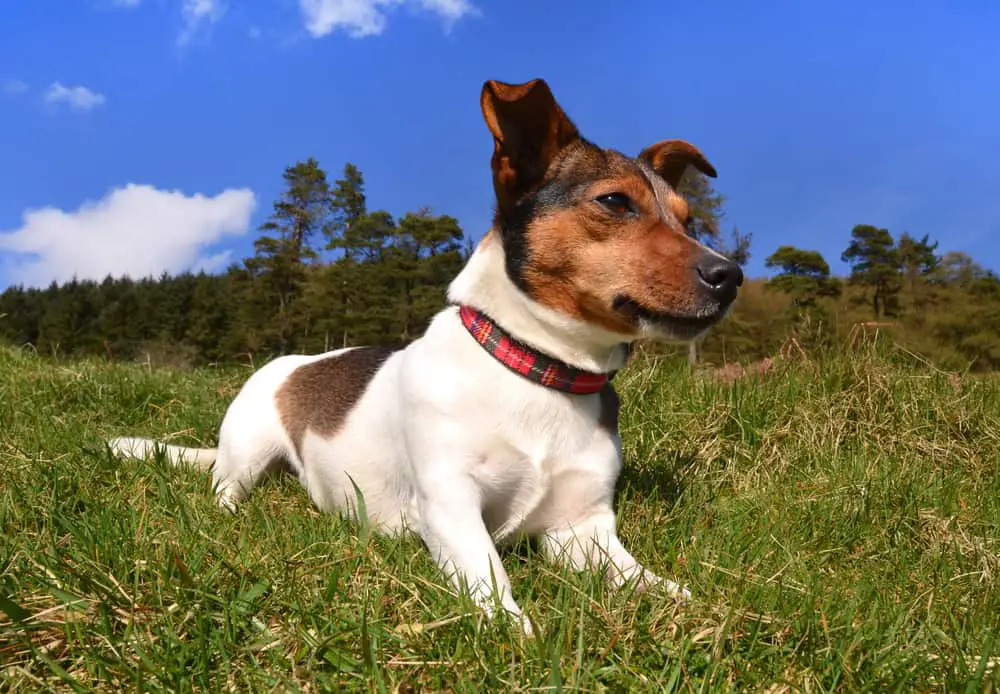
The Jack Russell terrier is a small terrier that has its origins in fox hunting. Due to their working nature, Jack Russell terriers remain much as they were some 200 years ago. They are sturdy, tough, and tenacious, measuring between 10–15 inches and weigh 14–18 pounds.
The Jack Russell is a high energy breed which relies on a high level of exercise and stimulation and does not have a great deal of serious health complaints. Pound for pound, the Jack Russell is the toughest dog on this list of Survival Dogs.
Pros
- Unbelievable endurance for its size
- Excellent hearing for early warning
- Tenacious barker at strangers
- Low health problems
- Decent all weather coat
- Easily transportable due to size and weight
- Low food consumption
- Excellent small game hunter
- Fearless
- They can fit into any shelter you have to hold up in.
Cons
- Low fear factor
- Low personal protection ability
- High prey drive means this dog can run off
- Excessive barker can be noisy
- Will not travel well in deep snow
- Questionable coat for cold weather.
Pitbull
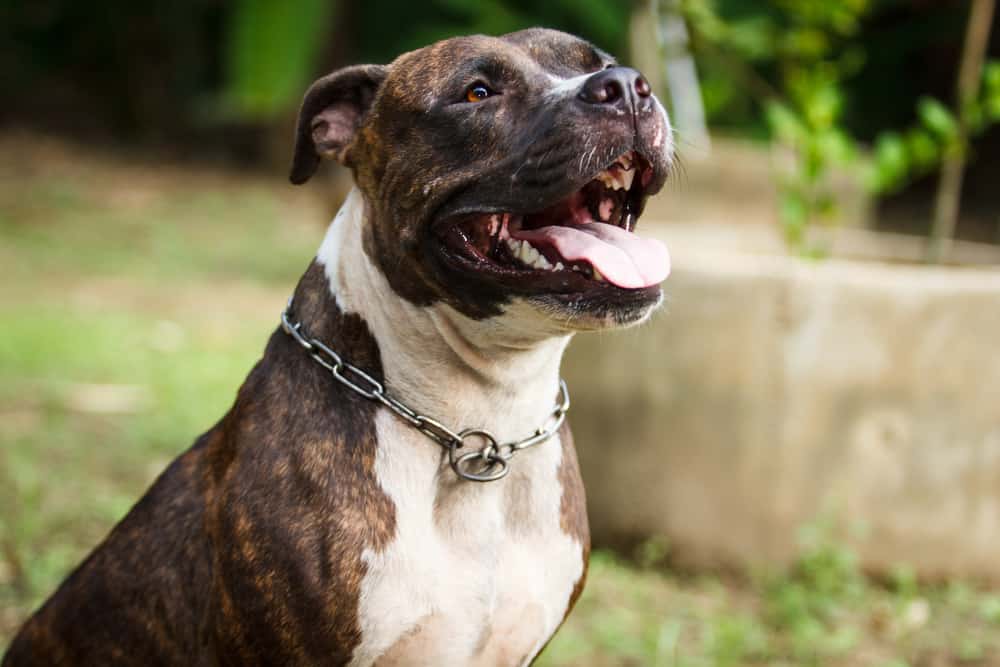
The American Pit Bull Terrier is a medium-sized dog. It has a short smooth coat, and well-defined muscle structure.
The dog was bred first to bait bulls and bears. When baiting bulls was deemed inhumane, ratting, a sport where a number of rats were placed in a pit for a specified time with the dog and dog fighting became more popular uses for the breed.
The Pit Bull is a breed that is loyal to friends and family, and is generally friendly towards strangers. People have been known to be afraid of them because of their bad reputations. They do exhibit a higher percentage of dog aggression than some other breeds, and a very high prey drive toward small animals (including small children) so socialization at an early age is a must.
Pros
- Good endurance
- Devoted to owner
- High fear factor
- Trainable
- Good warm climate coat
- Long life span and generally healthy dogs
- Medium protection ability
- Good small game hunters.
Cons
- Does not play well with others
- Questionable history around small children (including master’s family)
- Sometimes spontaneous and unreliable
- Poor cold weather coat
- Beware of backyard breeders who often turn out ill tempered pit bulls.
The Mastiff (English Mastiff)

Distinguishable by enormous size, massive head, and a limited range of colors, but always displaying a black mask, the Mastiff is noted for its gentle temperament.
The lineage of modern dogs can be traced back to the early nineteenth century. \A typical male can weigh 150–250 pounds and a typical female can weigh 120–200 pounds, that’s big!!!
Though calm and affectionate to its master, it is capable of protection. If an unfamiliar person approaches near the Mastiff’s perceived territory or its master, ideally, it will immediately position itself between its master and the stranger. If the approaching person is perceived as a threat, the Mastiff may take immediate defensive action (or offensive action, it depends on how you look at it).
Mastiffs are normally good natured, calm, easygoing, and surprisingly gentle for their size. It is a well-mannered house pet, provided it gets daily exercise and activity. The Mastiff is typically an extremely loyal breed, exceptionally devoted to its family and good with children and small dogs.
Pros
- High personal protection
- All weather coat
- Highly trainable
- Intelligent
- Good hearing and sense of smell for early warning
- Strong work ethic(can carry their own bug out bag)
- Devoted to family, high fear factor.
Cons
- Can overheat in hot climate
- Very questionable endurance
- High food consumption
The Mutt

The mutt can be any combination of the qualities you like most in a dog and hopefully, very few or none of the qualities you would prefer to do without.
With a mutt it is tough to know what you’re going to end up with but usually if you raise them from a puppy and train & treat them well, they will be more likely to be an asset than a liability. Some of the best survival dogs we have been around have been mutts.
Pros
- Could be the best qualities of any number of dogs mentioned above
- Tend to have lower health problems than pure breeds.
Cons
- Could be the worst qualities of the dogs mentioned above.
Let the debate begin!!!
What do you think? Dog or no dog? Leave a comment.
Lastly, if you do already have a dog, make sure to create a dog bug out bag. If you have one for yourself and family members, why not your dog?

